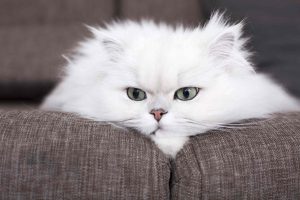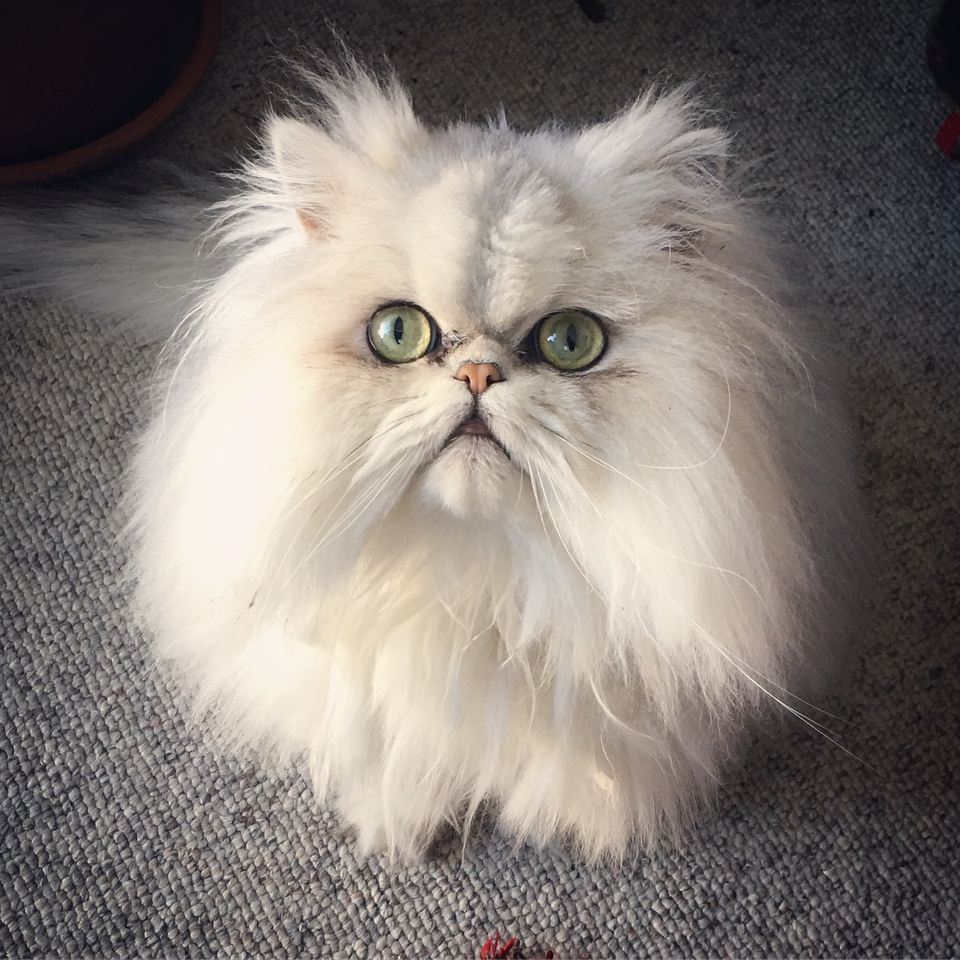Basic information about Persian Cats
Persian cats are one of the most recognizable and beloved cat breeds in the world, known for their luxurious long fur, expressive faces, and sweet temperament. Here’s an overview of Persian cats:
Appearance
- Long, Flowing Coat: Persians are best known for their luxurious, long fur, which drapes gracefully over their bodies and gives them a regal appearance. Their dense coat requires regular grooming to prevent mats and tangles.
- Round Face: One of the most recognizable features of Persians is their round face with full cheeks and a short nose. Their facial structure gives them a sweet and endearing expression.
- Large, Expressive Eyes: Persians have large, expressive eyes that are typically round and set wide apart on their face. Their eyes can range in color from copper, gold, green, blue, or even odd-eyed (each eye a different color).
- Short, Broad Nose: Persians have short, broad noses with a gentle dip between the eyes, creating a slight “stop” in profile. Their noses are often referred to as “button” noses.
- Small, Rounded Ears: Their ears are small and rounded, with tufts of fur on the tips. They are set low on the head and contribute to the Persian’s overall round appearance.
- Cobby Body: Persians have a sturdy, cobby body type with a broad chest, short legs, and a well-rounded physique. Despite their plush coat, Persians have a solid and muscular build.
- Variety of Colors and Patterns: Persians come in a wide range of colors and patterns, including solid colors (such as white, black, blue, cream), bicolor, tabby, calico, and more. Their coat colors can be combined with various patterns and markings, adding to their individual uniqueness.
Temperament
Persians are known for their gentle, affectionate, and laid-back personalities. They are typically calm and docile cats that enjoy lounging around and being in the company of their human family members. Persians are often described as being “lap cats” and are known for their love of cuddling and attention.
History
The Persian breed has a long and storied history that dates back centuries. They are believed to have originated in Persia (modern-day Iran) and were introduced to Europe in the 17th century. Persians quickly became popular among European nobility and were prized for their beautiful appearance and sweet temperament.
Recognition
Persians are recognized by major cat associations such as The International Cat Association (TICA) and the Cat Fanciers’ Association (CFA). They are one of the most popular cat breeds in the world and are commonly found in households around the globe.

Care
Persians require regular grooming to keep their long fur free of mats and tangles. Daily brushing is often necessary to prevent matting, especially around the ears, underarms, and hindquarters. Additionally, routine veterinary check-ups, proper nutrition, and dental care are essential for maintaining the health and well-being of Persians.
Health
Persians are generally healthy cats, but like all breeds, they may be prone to certain health issues, including brachycephalic airway syndrome due to their flat faces, dental problems, and polycystic kidney disease. Responsible breeding practices and regular veterinary care can help minimize the risk of these health concerns.
Lifespan
The average lifespan of Persian cats is typically around 12 to 15 years. However, with proper care and attention to health, some Persians can live into their late teens or even early twenties. Several factors can influence a Persian cat’s lifespan:
- Genetics: Genetics play a significant role in determining a cat’s lifespan. Some Persians may inherit genes that predispose them to certain health conditions, while others may have a genetic predisposition to longevity.
- Diet: Providing a balanced and nutritious diet is essential for maintaining a Persian cat’s health and well-being. Proper nutrition can help prevent obesity and related health issues and support overall longevity.
- Exercise: Regular exercise is important for keeping Persian cats healthy and maintaining their weight. Engaging in playtime and providing opportunities for physical activity can help prevent obesity and promote overall health.
- Veterinary Care: Routine veterinary check-ups are crucial for detecting and addressing any health issues early on. Regular vaccinations, parasite control, dental care, and preventive screenings can help ensure a Persian cat’s long-term health.
- Grooming: Persians have long, dense coats that require regular grooming to prevent mats, tangles, and skin issues. Daily brushing, regular baths, and proper grooming practices can help keep their coat and skin healthy, reducing the risk of dermatological problems.
- Environment: Providing a safe and stimulating environment is important for a Persian cat’s mental and emotional well-being. Minimizing stressors, providing enrichment activities, and ensuring a comfortable living space can contribute to their overall health and longevity.

Overall, Persian cats are cherished companions known for their stunning appearance, sweet nature, and affectionate personality. They make excellent pets for families, singles, and seniors alike, providing love, companionship, and comfort to their owners.
More posts you might be interested in:

